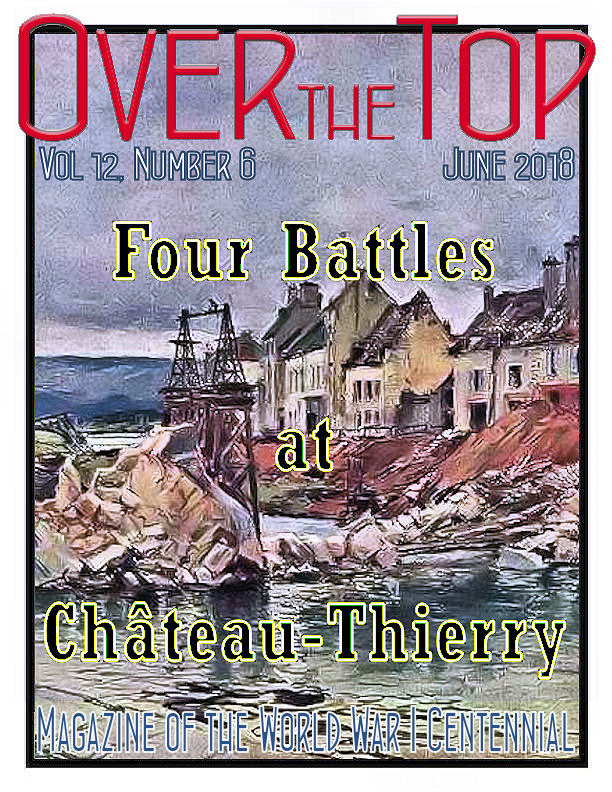
June
2018 |
 |
|
|


Back from the Front
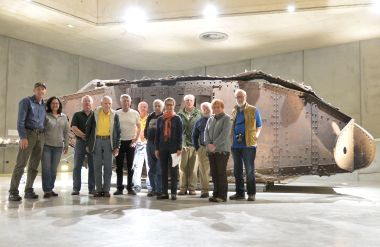
In early May I completed the latest battlefield tour of my career, which is winding down this year. Above is a group photo at our first major stop of the trip, the Cambrai Tank Museum at Flesquières, France. We are standing with our guide in front of the British Mark IV tank "Deborah". (I'm the fellow in the green jacket towards the back.) The focus of the excursion was the German Spring Offensives and the British 100 Days to victory, and it featured an itinerary that was unique for me, but it was never boring despite some long stretches between major sites. I hope the group enjoyed the trip and learned as much as I did.
Since I shared the news that this would be my last year taking groups to the Western Front, there have been some questions as to what will be happening with the World War One publishing I do, including the Trip-Wire. The answer to this is one with which I'm still wrestling. I probably won't be doing any deep thinking about this until after my last trips "Over There" which will be in August. I promise to keep you posted, though.
Just as we were going to press, a very disappointing account of the status of the National WWI Memorial was published at Politico (
LINK).
MH

|
|
2018
WWI at Home, Camp Fremont & Right Here
Los Altos History Museum
Los Altos, CA
12 April - 17 June 2018
Featuring the National Archives Traveling Exhibit and Speaker Program
Download Details:
HERE
WFA – East Coast, Spring Symposium
Spangler Hall,
Lutherville, MD
All Day, 9 June 2018
Details: HERE
USMC WWI Historical Symposium
Marine Corps University
Quantico, VA
18-20 July 2018
Details:
HERE
League of WWI Aviation Historians Seminar
"Dedication and Remembrance" – Centennial of Aviation Warfare
National Museum of the USAF
Dayton, OH
19-21 September 2018
Details: HERE
2018 Symposium – 1918: Crucible of War
National WWI Museum & Memorial
Kansas City, MO
1-3 November 2018
Registration & Details: HERE
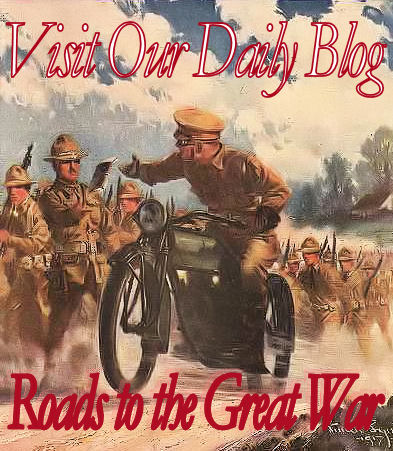
Click on the Image to Visit Our Daily Blog.
|
|
Portrait of the Month
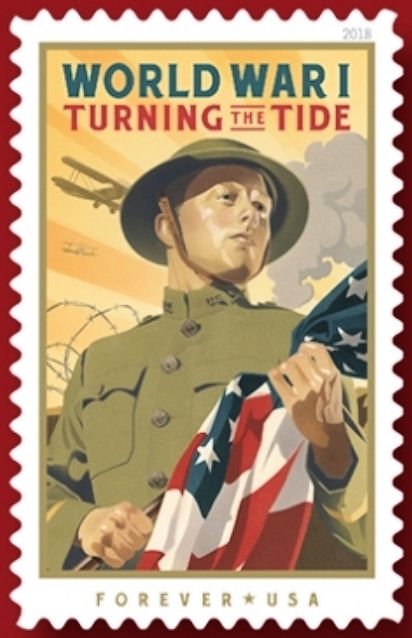
An American Doughboy
With this stamp, the Postal Service pays tribute to the sacrifice of American soldiers and millions of supporters on the home front who experienced World War I. Entering World War I (1914–1918) in its later stages, the United States helped by "Turning the Tide" of war in favor of the Allies.

Flying Boats at War
Flying Boats, or seaplanes as we came to know them, played an important role in both World Wars. Their baptism of fire came in the Great War, in good part as a response by the Allies to the U-boat threat.
 British Naval Aviation and the Anti-Submarine Campaign, 1917-18 (PDF Document)
British Naval Aviation and the Anti-Submarine Campaign, 1917-18 (PDF Document)
 Preparing a Seaplane for Combat
Preparing a Seaplane for Combat
 A Pictorial History of Allied Flying Boats
A Pictorial History of Allied Flying Boats
 Maritime Patrol Aviation: A History (PDF Document)
Maritime Patrol Aviation: A History (PDF Document)
 France's Donnet-Denhaut Flying Boat
France's Donnet-Denhaut Flying Boat
 Game Changer: The Curtiss NC-4 Flying Boat
Game Changer: The Curtiss NC-4 Flying Boat

A Number from the Great War
2.8 Million
This is the approximate number of Americans conscripted into the U.S. military in World War I. This is greater than the total of about 2 million individuals who were in the service when the nation entered the war in April 1917 or who volunteered subsequently. These draftees, however, formed the preponderance of the 2 million troops still training stateside when the Armistice ended hostilities. The bulk of the fighting up to that point was substantially conducted by the Regular Army and National Guard Divisions that could be deployed more quickly when war was declared.

A Premonition: "LXIII"
And he was the devil of my dreams,
the handsomest angel. His eyes
of victory shone like steel,
and bloody flames from his torch
lighted the deep crypt of my soul.
`Will you come with me?' `Never.
Tombs and the dead terrify me.'
Yet the ferrous fingers
seized my right arm.
`Will you come with me?' – And in my dream
I went forward, blinded by his red lantern.
And in the crypt I heard the ringing chains
and the stirring of imprisoned beasts.
Antonio Machado, Spanish, 1907
Purchase My AEF Battlefield Guide
An Electronically Delivered 28-page PDF Document for $14.99
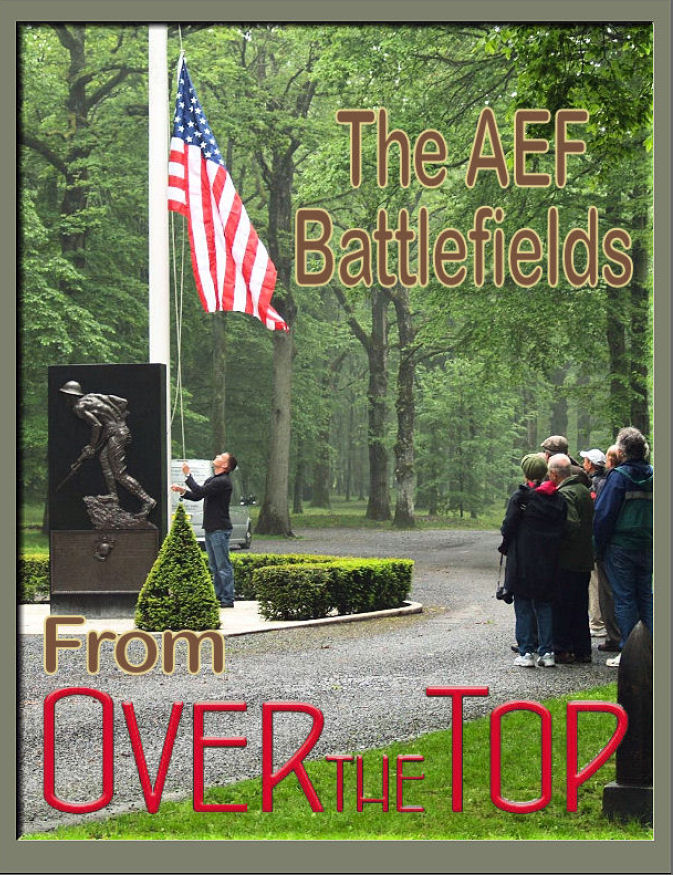 A Concise Summary of the Major U.S. Military Operations of the War with Illustrations, Maps and GPS Navigational Aids
A Concise Summary of the Major U.S. Military Operations of the War with Illustrations, Maps and GPS Navigational Aids
(Click Here for Ordering Information)
|
|

|

U.S. Centennial Organizations & Resources
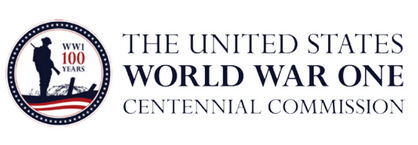
worldwar-1centennial.org/

theworldwar.org/
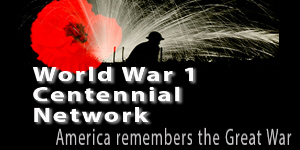
www.ww1-centennial.org/
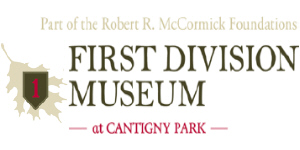
www.firstdivisionmuseum.org/

www.abmc.gov/
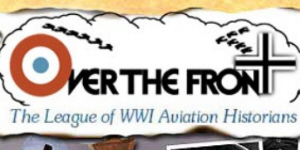
www.overthefront.com/

www.nationalmuseum.af.mil/
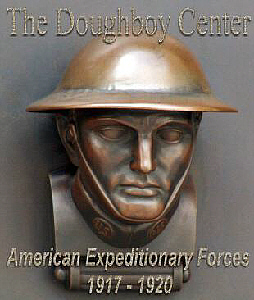
www.worldwar1.com/dbc/
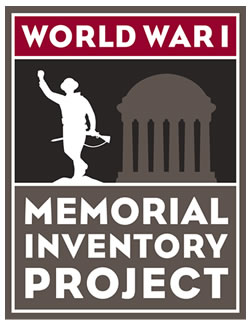
facebook.com/wwiinventory

wisconsinhistory.org/

www.uswarmemorials.org/

www.macarthurmemorial.org/

www.saving-hallowed-ground.org/
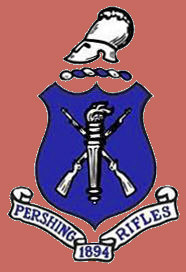
www.theprgroup.org/

pamilmuseum.org/
Support Worldwar1.com's Centennial Effort
Shop at Amazon.com
|
The Centennial Ticker
The Bells of Peace
World War I Remembrance Announced
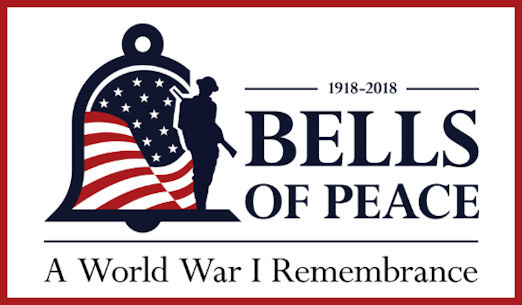
Sunday 11 November 2018 is the 100th anniversary of the Armistice that ended the fighting in
World War I. The World War I Centennial Commission is calling for all Americans across the
nation to toll bells in remembrance of those who served in World War I, at 11:00 a.m. on 11 November.
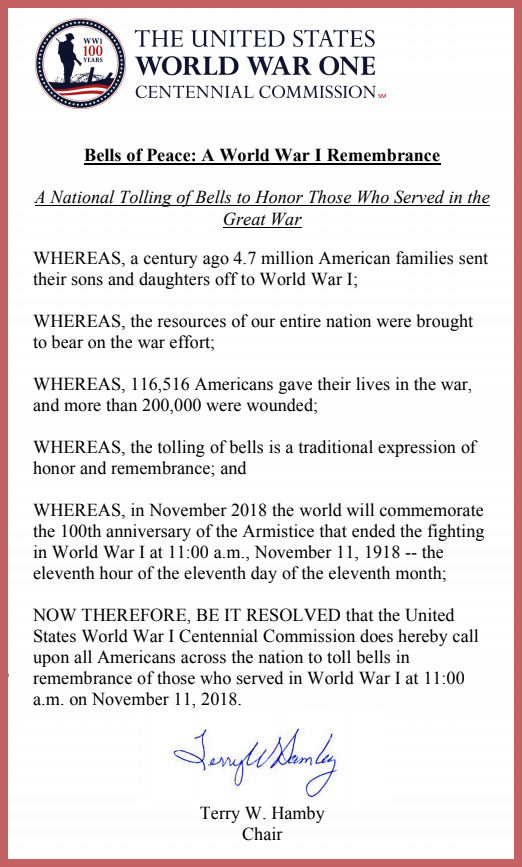
Bells may be tolled in houses of worship, cemeteries, state capitals, courthouses, town halls,
firehouses, police stations, schools, and any other place where Americans choose to gather to
honor our veterans. When bells are not available, guns, cannons, rifles, or sirens may be used
to render the salute. The Commission will also have an app available for download on its
website that can be set to toll bells at a designated time.
The World War I Centennial Commission encourages community organizations to honor our
World War I veterans in every way possible during this Centennial year. In addition to tolling
bells, some groups may plan to hold recitations or concerts as a part of their commemoration
ceremonies. More information can be found at: https://goo.gl/sZfUQB
A Soldier's Journey: The Experience
Motion Picture Announced

A film inspired by Howard Sabin's magnificent bronze sculpture for the new National Memorial at Pershing Park is in preparation in parallel with the artist's completion of his work. It will be shown at the dedication of the site of the memorial on 11 November and released nationwide. The producers explained their concept in this way: "Using archival footage, we journey back in time to a nation little prepared for war, and then dramatically changed by it...Through originated content, we’ll hear the voices and see the living faces of Americans touched by this “distant” war in some manner...diverse descendants of heroes, grateful beneficiaries of the vast social progress it unleashed, and military veterans who can viscerally relate to their Brothers in Arms emblazoned in bronze."
North Carolina's Red Poppy Program
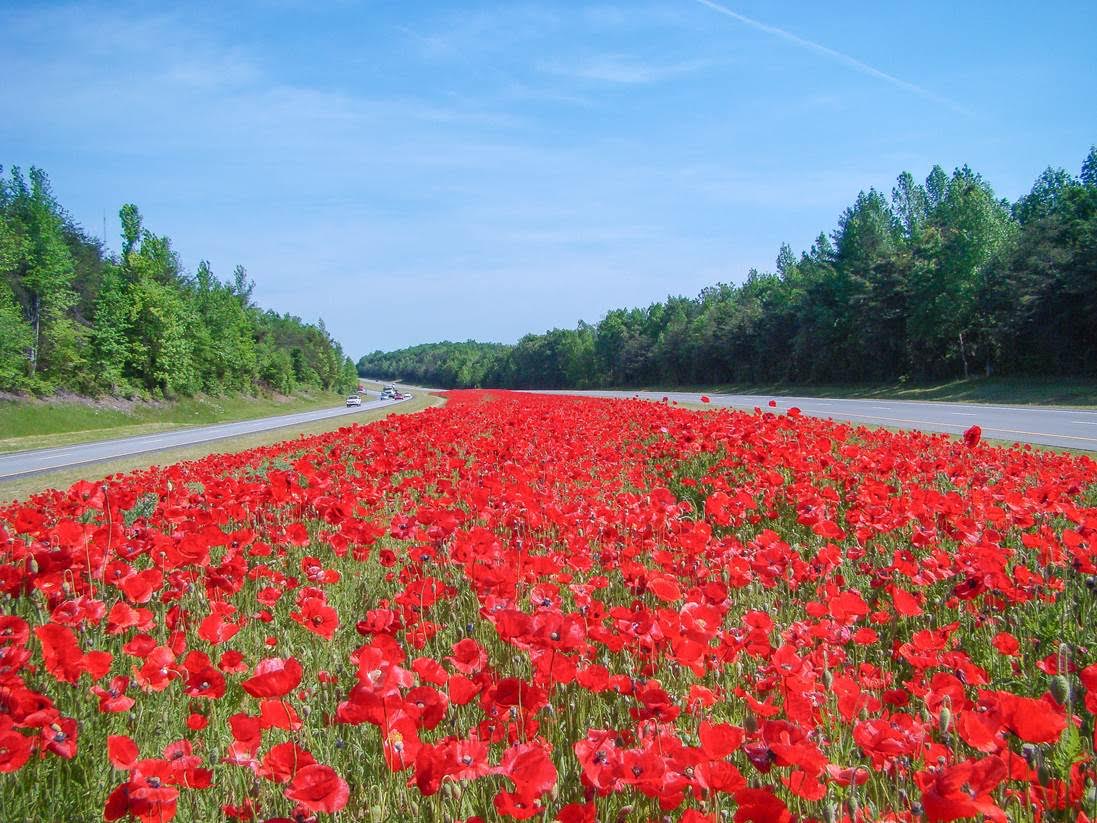
Congratulations to North Carolina, for honoring those who served and sacrificed in the Great War with your Red Poppy wildflower program. The red poppies that are blooming along North Carolina highways were planted by N.C. Department of Transportation crews in commemoration of the 100th anniversary of the U.S. entering World War I and are in memory of servicemen and women killed during the war. The NCDOT and the state Natural and Cultural Resources Department partnered to plant the flowers in honor of the centennial anniversary. Susi H. Hamilton, secretary of the N.C. Department of Natural and Cultural Resources commented, “And I hope that people who see them will be inspired to reflect on those who died in service to our country.” DOT’s Wildflower Program, which began in 1985, is a state highway beautification project. Wildflower beds are installed and maintained across the state by crews in each of the 14 highway divisions. North Carolinians served in all the major battles of the Western Front in 1918. They fought in the battles of 2nd Marne, St. Mihiel, and in the Meuse-Argonne, the last major campaign of the war. As part of the British army, Tar Heels in the 30th Division fought in Belgium and France. In five months of action in 1918, the United States had more than 275,000 casualties with more than 50,000 deaths. Nearly 2,400 North Carolinians died during World War I from battle and disease.
Source: Fayetteville News and Observer
Two Memorial Days
1919
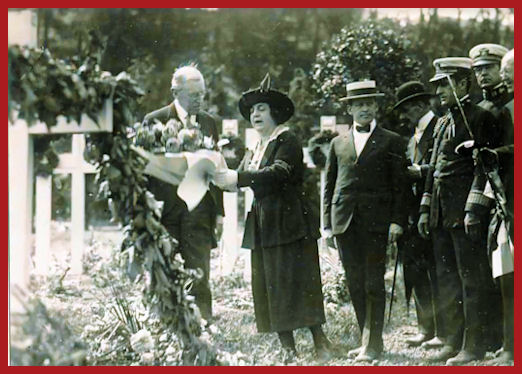
President Woodrow Wilson prepares to lay a Memorial Day wreath at Suresnes American Cemetery, outside Paris.
2018
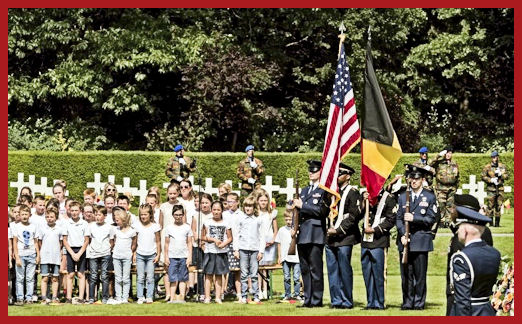
A U.S. military honor guard stand next to Belgian school children as they sing the U.S national anthem during a Memorial Day Ceremony at the Flanders Fields American Cemetery in Waregem, Belgium, on Sunday 27 May 2018.

6-26 June 1918
Fighting at Belleau Wood
Captures the World's Attention

Annual Memorial Day Remembrance, Belleau Wood
The Battle
The Battle of Belleau Wood began on 6 June 1918 and would prove to be one of the most ferocious battles fought by American troops during the war. The 5th and 6th Marine Regiments, under the command of the U.S. Army's 2nd Division, were tasked with capturing Belleau Wood and clearing it of German soldiers. It was a battle that catapulted the Marine Corps to worldwide prominence and signaled to the world that the United States had come to Europe intending to make a serious contribution on the battlefield.
To launch their assault on the forest, the Marines first had to cross a wheat field into oncoming German machine gun fire. Trying to cross the field proved to be an incredibly dangerous undertaking and over 1,000 Marines died on the first day of battle, more than the Corps had lost in its entire 143-year history up to that point.
After three weeks of brutal tree-to-tree fighting, including multiple charges on German machine gun nests with fixed bayonets and hand-to-hand combat, and after trading possession of the forest with the Germans six times, the Marines cleared Belleau Wood of the German Army entirely on 26 June, at the cost of about 5,200 U.S. killed, wounded, or missing.

Views of the Belleau Wood Battlefield
The Legacy
The Battle of Belleau Wood was a landmark event in Marine Corps history. Prior to the battle, the United States Marine Corps was a little known, unproven commodity. After three weeks of displaying the courage, determination, and win-at-all-costs attitude that has become synonymous with the Marine Corps in the years since, that all changed. . . After the battle, the French Army renamed Belleau Wood in honor of the Marines, changing the name to "Bois de la Brigade de Marine" – "The Wood of the Marine Brigade." Furthermore, the 5th and 6th Marine Regiments received the Croix de Guerre, an award for distinction and heroism in combat with the enemy, three times during the First World War--the only regiments in the American Expeditionary Force to do so. As a result, the 5th and 6th Marine Regiments are authorized to wear the French fourragère, a military award that distinguishes military units as a whole and that is shaped like a braided cord, on their dress uniforms.
Belleau Wood was also the setting for two of the most famous quotes in Marine Corps history. On 2 June 1918, as the Marines were arriving at Belleau Wood to support the French Army, they found the French retreating. A French officer ordered the Marines to do the same. Captain Lloyd Williams, of the 5th Marine Regiment, refused to do so, replying, "Retreat, Hell! We just got here." Four days later, on 6 June, Gunnery Sergeant Dan Daly is said to have rallied his men by yelling, "Come on, you sons of bitches! Do you want to live forever!" as they charged into battle.
Source: By Collin Hoeferlin, from MarineParents.com, Inc.
|
|
|
|
|
Thanks to each and every one of you who has contributed material for this issue. Until our next issue, your editor, Mike Hanlon. |
|
 (Or send it to a friend)
(Or send it to a friend)
|
Design by Shannon Niel
Content © Michael E. Hanlon
|
|
|








